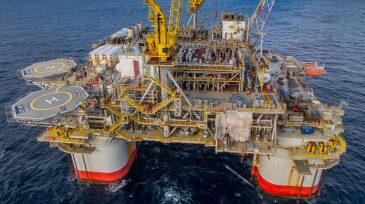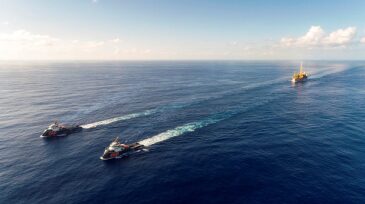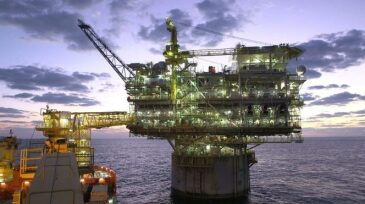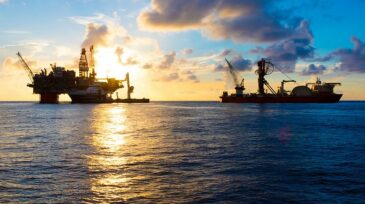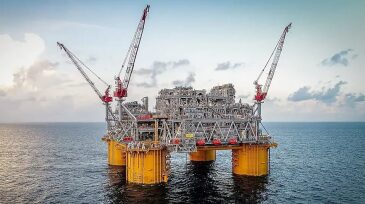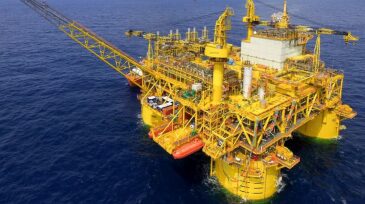deepwater
-
The project aims to contribute an estimated ultimate recovery of more than 175 MMboe from one of the company’s signature deepwater projects in the US Gulf of Mexico.
-
Colombia is walking a thin line between becoming another fading petroleum province and Latin America’s next big success story. Its aces in the hole: unleashing its nascent offshore and unconventional sectors.
-
Following a 42-day journey from Singapore, the Liza Destiny has arrived at the Stabroek Block offshore Guyana, where it is expected to produce up to 120,000 gross boe/D from the ExxonMobil-operated deepwater project upon startup.
-
Merging tried-and-true physics-based models with data science is bolstering the Houston independent’s reservoir-engineering work on its deepwater and shale assets.
-
Phase 1 production from the deepwater US Gulf of Mexico field is expected to reach 30,000 BOPD. The field contains an estimated 5 billion bbl of oil in place.
-
The El Dorado, Arkansas-based Murphy has quickly found a home for some of the cash it will receive from the sale of its Malaysia business. The company has been rapidly expanding its US gulf footprint while simplifying its portfolio and targeting more oil.
-
The deepwater Gulf of Mexico project is expected to add 50,000 B/D of oil production through the construction of two new subsea production units and production wells.
-
Appomattox begins production below cost and ahead of schedule in another optimistic sign of the offshore sector’s rebound.
-
After suffering major setbacks, Chevron’s massive Big Foot project finally achieved first oil last November in the US Gulf of Mexico. With the setbacks in the rear-view mirror, project personnel spoke about the challenges.
-
Wireline formation tests are a critical piece of the exploration and appraisal process, yet they come with a degree of uncertainty. The supermajor has tapped a new software developer to see if it can clear things up.

